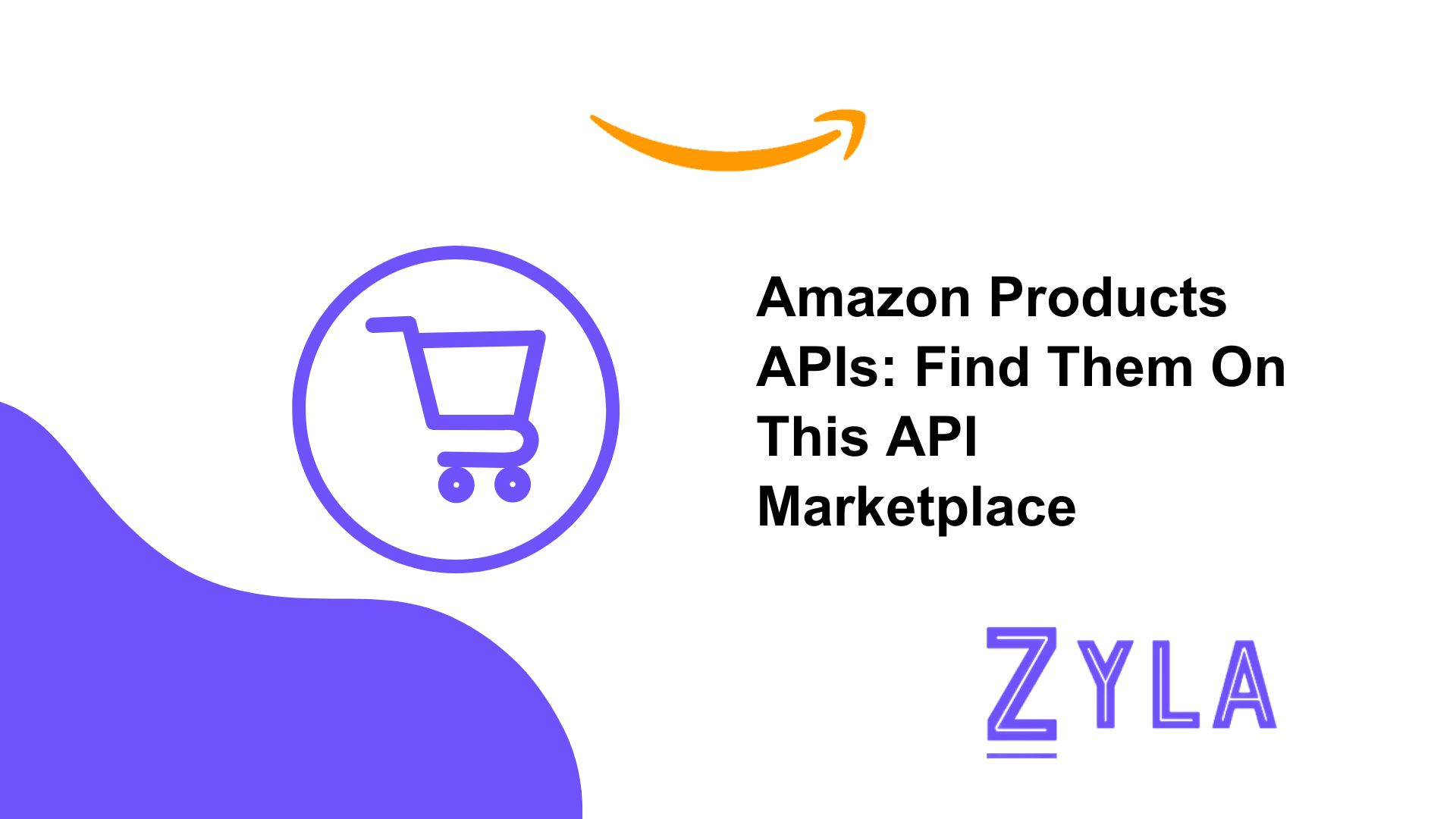Amazon Products APIs: Find Them On This API Marketplace

At the forefront of e-commerce APIs lies the Amazon Products API. This powerful tool grants developers access to Amazon's vast product database, enabling them to retrieve product information, pricing details, and customer reviews with ease. The definition and functionality of these APIs underscore their significance in powering a wide array of applications and services within the e-commerce ecosystem.
In the realm of e-commerce, APIs play a pivotal role in orchestrating the seamless exchange of data between various applications and systems. Understanding Application Programming Interfaces (APIs) is paramount to comprehending the backbone of modern digital commerce. These interfaces serve as conduits through which different software components communicate, facilitating the integration of diverse functionalities into cohesive e-commerce ecosystems.
The importance of APIs in streamlining business operations cannot be overstated. By providing standardized methods for accessing and manipulating data, APIs empower businesses to optimize processes, enhance efficiency, and drive innovation. As the e-commerce landscape continues to evolve, APIs have emerged as indispensable tools for staying competitive in an increasingly interconnected digital marketplace.
Exploring An Amazon Products API
Businesses looking to take use of Amazon's enormous catalog have a plethora of options when it comes to connecting with the platform's vast product database through APIs. Developers may construct dynamic and highly responsive e-commerce experiences by utilizing the primary features and capabilities of APIs, which include accessing real-time product data and syncing inventory levels across several channels.
For companies aiming to improve their e-commerce offerings, integrating an Amazon Products API has many advantages. In today's competitive world, improving user experience is critical, and APIs lay the groundwork for providing customers with individualized, engaging experiences.
Zyla API Hub
To start the procedure, visit https://zylalabs.com/registration. Verify that the registration form has all the required information. You will receive an email address along with a verification link. This URL will allow you to access your account.
Selecting "Register with Google" will facilitate the sign-up process more quickly. Just follow these steps to link your Google account to the Zyla API Hub. Simply enter your current GitHub login information and select "Register with GitHub" to combine your accounts.
Test Endpoint Button
1) To start testing, choose the API from your dashboard. To access the API's own homepage, just click on its name. All of the API's documentation, endpoints, and usage guidelines are available on this page.
2) Activating an API subscription is the first step towards conducting tests. Take advantage of every single seven-day free trial that is provided. It's crucial to remember that there will only be one hub API available during the trial period. There is a test method in every hub API. There is a testing area on the API page. Select "Test Endpoint" from this menu, then change the parameters as needed.
3) Visit the website to view the test results. You can evaluate the usability and usefulness of the API solution for your project by finding out more. Remember that you are losing some of your subscription each time you use an API request for testing. For further details, look into the dashboard's usage data.
Selecting the best API for your needs is easy when it offers an easy-to-use interface. You can save time and effort by using the same account, SDK, and API key for all of your API interactions. Get over your anxiety of misplacing intricate setups or unique login credentials. It makes the process more effective and user-friendly.





